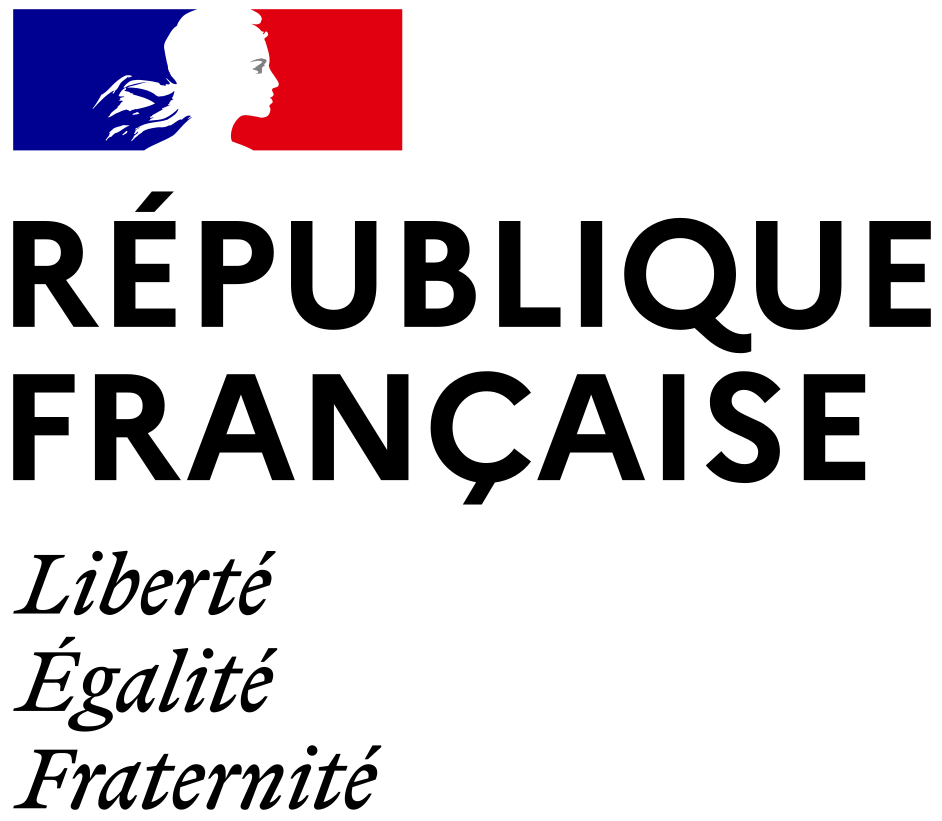Go Your Own Way: Bronze Age Mobility in the Seine Valley with the input of strontium isotope variability mapping
Résumé
The Bronze Age in France is marked by the interplay of various cultural influences, especially during the transition from the Middle to the Late Bronze Age which is characterised by a shift in population dynamics and the emergence of new cultural influences. Population mobility could explain this pattern and studies of archaeological artifacts support this hypothesis. In this study, strontium isotopes (87Sr/86Sr) analyses are used to reconstruct past mobility, based directly on human cremated bones. 103 human samples were analysed from 8 Bronze Age sites located in the Upper Seine valley (north-eastern France), with a maximum distance of 25 kilometres between them. The results show a general isotopic homogeneity within each site. Despite the geographical proximity between the sites, two clusters are identified based on Sr values. This observation would suggest a distinct management of the land and resources, with the consumption of food from different areas of the local landscape, depending on the geographical location across the valley. Therefore, to establish a robust local baseline of the bioavailable strontium, we collected 97 plants from 33 locations, covering an area of 1600km² around the archaeological sites. This extensive mapping enables us to create an isoscape of the strontium isotope variability for the region to better characterise the population landscape management. Not only will it help to identify the potential areas frequented by the two groups, but it will also be useful for future strontium isotopic studies carried out in this region.
| Origine | Fichiers produits par l'(les) auteur(s) |
|---|

